A World In Transition The idea that artificial intelligence (AI) could eventually replace jobs is no longer just a futuristic concept—it’s a topic of serious discussion in news outlets, boardrooms, and even everyday conversations. Some worry that automation will make human workers redundant, while others believe that AI will create more job opportunities in areas
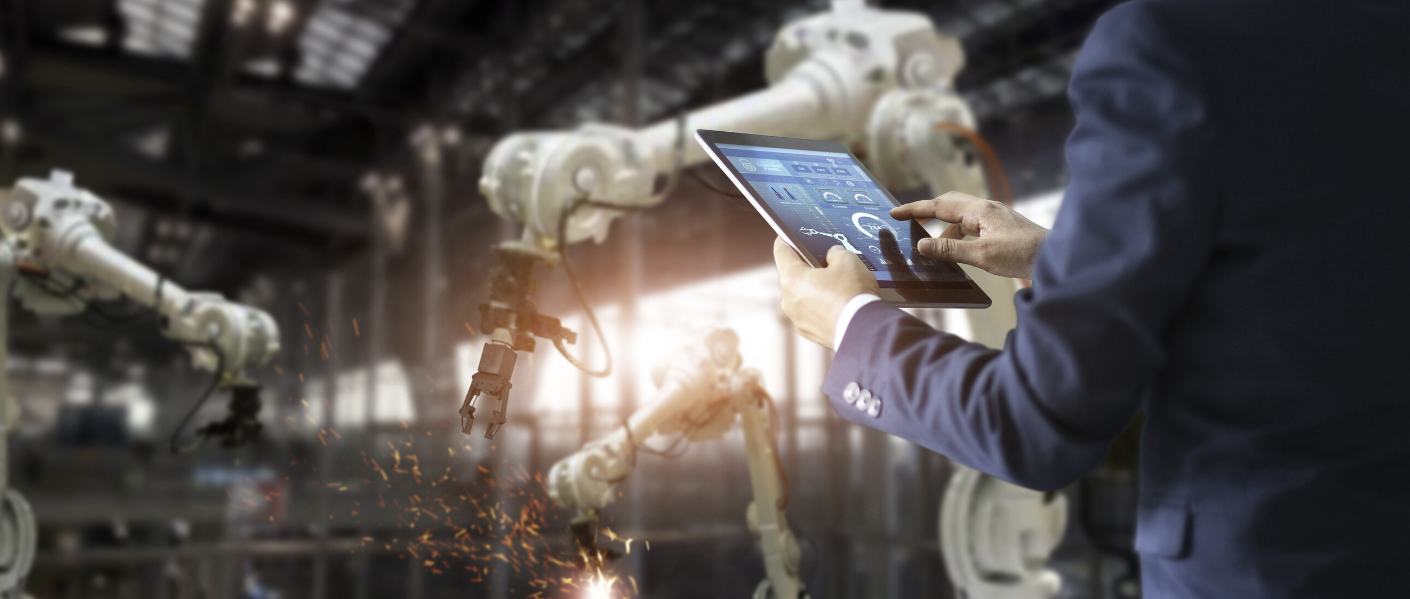
A World In Transition
The idea that artificial intelligence (AI) could eventually replace jobs is no longer just a futuristic concept—it’s a topic of serious discussion in news outlets, boardrooms, and even everyday conversations. Some worry that automation will make human workers redundant, while others believe that AI will create more job opportunities in areas like AI research, data analysis, and robot maintenance. Regardless of where you stand, it’s clear that we’re in a time of major change. Companies are investing in technologies like self-driving delivery vehicles and customer service chatbots, while schools and training programs struggle to prepare students for jobs that may not even exist yet. The big question is: will AI eliminate more jobs than it creates, or will it offer new opportunities for those willing to adapt?
To answer this question, we need to think about factors like history, the current economy, and how AI might evolve. In the past, technological advancements have replaced some jobs, but they’ve also created new ones—take the Industrial Revolution, for example. While it led to the loss of manual labor jobs, it also created factory jobs and fueled urban growth. Similarly, the internet disrupted traditional jobs, such as those in newspapers, but it also gave rise to careers in web design, social media, and app development. Whether AI follows this pattern depends on how quickly it evolves, how businesses use it, and how society adapts through education and policy. For now, we can only analyze current trends to see what direction we’re heading.
Gains vs. Losses in the AI Era
Experts are trying to predict how many jobs will be replaced by AI. A 2019 report from Oxford Economics suggested that robots might take over up to 20 million manufacturing jobs globally by 2030. However, a 2020 study by the World Economic Forum estimated that automation could displace around 85 million jobs but create 97 million new roles by 2025, many in areas like AI oversight, data science, and specialized manufacturing. While this sounds like a positive shift, there’s no guarantee that those losing jobs will be the ones filling the new ones. The real challenge is retraining workers, closing skill gaps, and ensuring that resources are available to those who need them most.
Why are certain jobs disappearing? AI excels at handling repetitive tasks, such as sorting mail, organizing files, or analyzing medical scans, and it can do them faster and more accurately than humans. Entire warehouses now rely on robots to move items, reducing the need for forklift operators. The transportation industry could see a decline in truck and taxi drivers if self-driving vehicles become widespread. Even white-collar jobs aren’t safe—AI can analyze financial contracts or compile reports, which could reduce the demand for accountants or paralegals. However, these AI systems still need human supervision to fix errors or manage unique cases, which means new specialized roles are emerging.
Take healthcare, for example. AI can analyze X-rays and patient data with greater consistency than some humans, freeing doctors to focus on more complex diagnoses or research. But each AI tool still requires human developers and supervisors. This doesn’t mean the elimination of human jobs but rather a shift in their nature. Specialists might move away from routine tasks to focus on more intricate cases or direct patient communication. The key here is that AI handles the repetitive parts of a job, while humans take on the creative and interpersonal tasks that technology can’t replicate as effectively.
Real-World Disruption: Healthcare and Beyond
Let’s take a closer look at how AI is already being used in healthcare. Voice assistants help clinics keep patient records, allowing doctors to focus more on patient care. Chatbots are now handling basic triage and medication reminders, which lightens the load for nurses. The pandemic also saw a surge in “telehealth” services, aided by AI-managed patient data. But this has also led to new roles, such as telehealth coordinators or data managers who analyze patient data from wearable devices. So, while some administrative positions may shrink, new roles are being created to oversee and improve AI-driven systems.
Not every industry experiences such a smooth transition, though. For instance, a manufacturing plant that replaces its assembly line workers with robots might hire a few tech specialists, but it may leave many workers without jobs, especially if they lack the resources or time to retrain. This is where government intervention and corporate responsibility come into play. If companies invest in retraining programs, such as offering training to become robot technicians, the impact on workers will be less severe. However, without such initiatives, entire communities may face higher unemployment rates. Addressing these challenges thoughtfully is essential to avoid the potential negative side effects of AI.
The public’s view also matters. Many consumers appreciate the convenience AI brings—like faster deliveries or personalized recommendations—while others are concerned about privacy and job loss. This divide influences how quickly AI is adopted in various industries. Companies must balance efficiency gains with customer concerns, especially if there’s a backlash against the use of AI to replace human workers, particularly in customer service and creative fields.
The Speed Factor and Education
The rate of AI development will play a big role in shaping its impact. If technological improvements happen slowly, society has time to adjust. Governments can create retraining programs, schools can update their curricula, and businesses can figure out how to integrate human labor with AI. However, if these changes happen too quickly, many job categories could disappear before workers have a chance to pivot, leading to a rough transition.
That’s why education experts recommend focusing on soft skills—like critical thinking, problem-solving, and teamwork—that will remain valuable even as specific technical tasks change. A warehouse worker who’s good at logic and communication might learn to manage a team of robots, while a marketing professional could shift to analyzing consumer data produced by AI. Adaptability will be key, as long-term careers in the same field may not be as common as they once were.
There may also be entirely new fields that we can’t even imagine yet, much like how the role of “social media manager” didn’t exist two decades ago. Careers in designing VR experiences, creating quantum computing interfaces, or developing AI ethics policies might soon be in high demand. If that happens, job creation could be a net positive—as long as educational systems and government policies align to help people transition into these new roles.
Meeting the Future Head-On
So, will AI replace more jobs than it creates? The answer isn’t simple. Historically, transformative technologies—from steam engines to computers—have disrupted industries and eliminated jobs, but they’ve also sparked the creation of new ones. The difference this time is how quickly AI is advancing and how broadly it could be applied. If society doesn’t plan ahead, we could face large-scale job displacement. On the other hand, AI could open up new career paths—like data curation, AI ethics, or advanced manufacturing—that didn’t exist just a few years ago. How this all plays out depends on how we manage the transition.
Individuals can prepare by staying curious, constantly improving their skills, and embracing new tools rather than fearing them. Businesses should consider not only the cost-saving benefits of AI but also its broader social impact, offering retraining programs or finding ways to integrate AI with human tasks. Governments can support the transition with forward-thinking policies, such as education initiatives, job transition programs, and incentives for companies to invest in upskilling their workforce. With the right approach, AI can handle the repetitive tasks and free up people to focus on what they do best—innovating, empathizing, and thinking strategically. While not every scenario will be ideal, we have the power to shape the future of work. By working together—businesses, educators, governments, and workers—we can turn AI into a tool that enhances the professional landscape, rather than a threat.
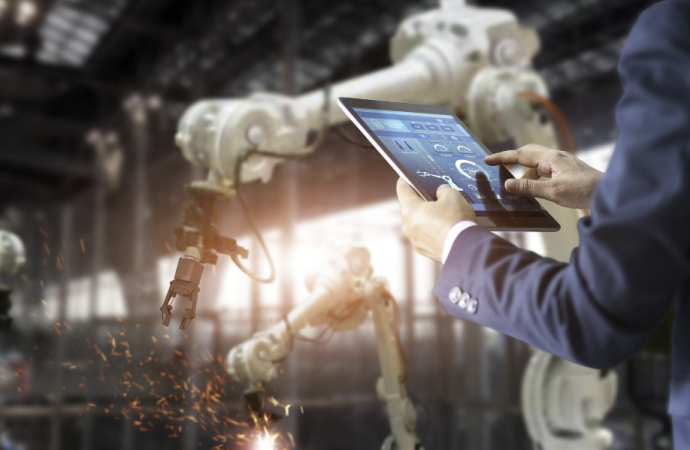


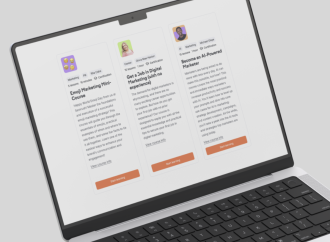

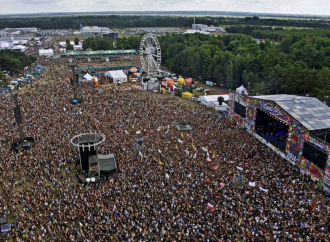


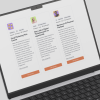

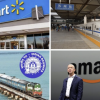






Leave a Comment
Your email address will not be published. Required fields are marked with *